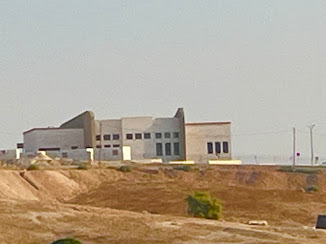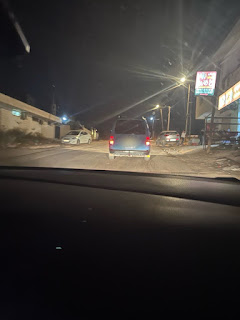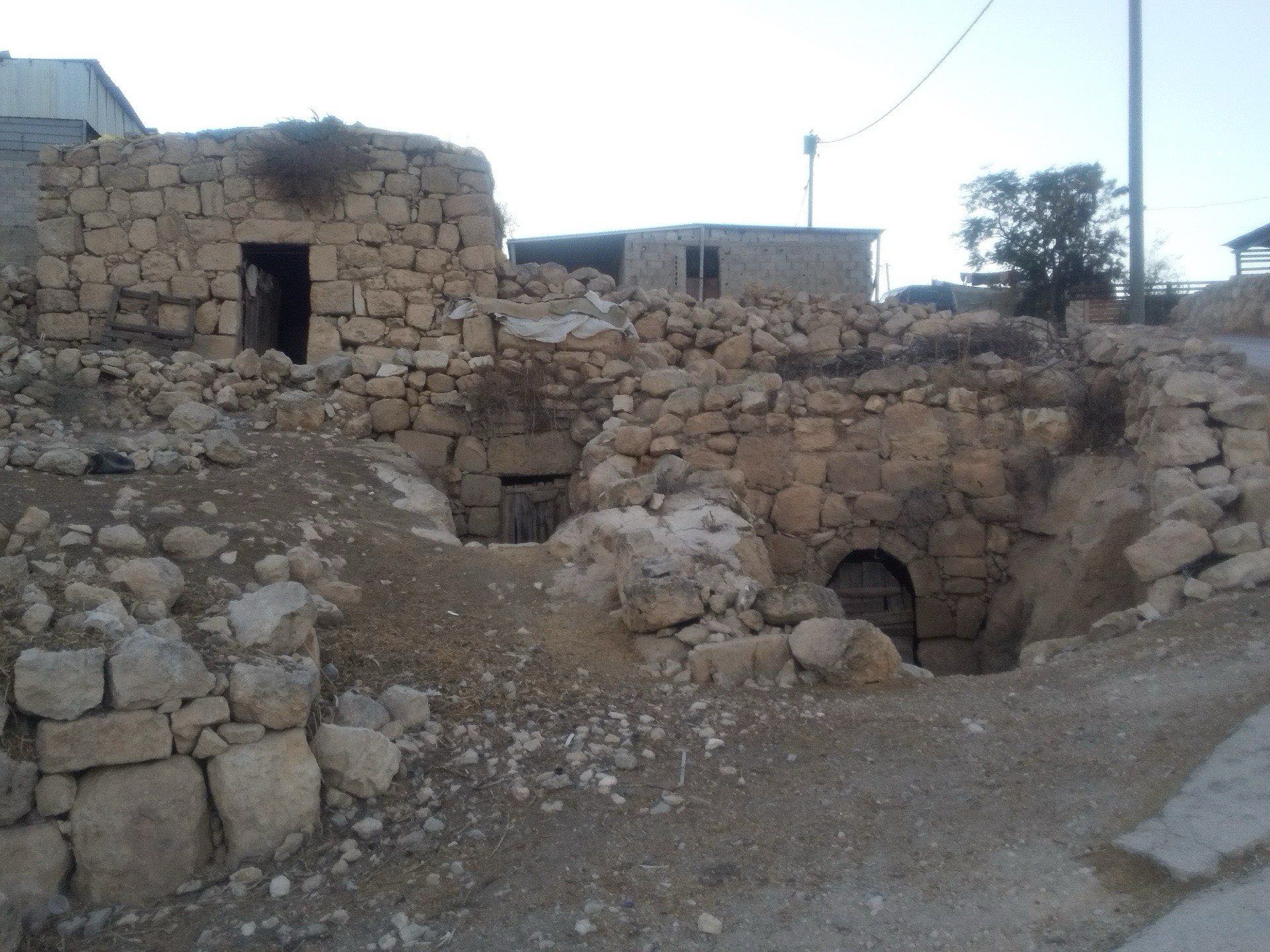We are all relieved that Oct 7th passed relatively uneventfully. Compared to when I was last here, over 25 years ago, Palestinians are less likely to greet each other with the traditional greetings, expressions of peace and the goodness of the day. The truth is the last two years have been especially difficult, often lacking in peace and goodness. Everyone here in the West Bank has friends and relatives in Gaza, where a classroom full of children have been exterminated by Israel, with US weapons, every single day for the last two years. For the anniversary, I started reading some of the names of the 18.5k children killed. I got through 5%, just over 900 names. I invite you to read 50 of them. Spain has recently found the courage to stop arming Israel, but as everyone says here, the US is the mother of Israel, so I don't expect our own government to follow suit.
I write from the Southern Hebron Hills, where I am taking "a night in" at the international volunteer flat after staying with five different Palestinian families (sleeping in their main room -- a living room/dining room/bedroom/den/study all rolled into one -- on thin foam mats on the floor with several family members) over the last six nights. The families are all scared of the ever increasing, and increasingly violent, settler attacks from illegal Israeli outposts, and have requested international protective presence. These attacks can range from trespassing to property damage to lynching, as the illegal settlers aim to make clear that they want these last holdouts of tiny villages to be wiped out, depopulated, like so many others before them, so they can take the land. This article from a few years ago summarizes the situation well.
We have played frisbee and soccer with kids, had grandmas correct our Arabic, eaten lots of good bread and olive oil, and kept close watch on the hills for any settlers looking to attack. We record and photograph these (thankfully so far just trespassing on private Palestinian owned land during our assignments), to keep track of these incursions.
The 2025 Oscar winning film No Other Land is about this area, and though it's hard to find in the US, I strongly recommend seeing it. It makes the same point as Sunday's first reading from Habbakuk -- patience and steadfastness to the vision (samud in Arabic): "For the vision still has its time, presses on to fulfillment, and will not disappoint; if it delays, wait for it, it will surely come, it will not be late." This and the reading from Amos our first Sunday here have been especially poignant.
The olive harvest is just beginning, which is a time people go back home, like we would for Thanksgiving, in order to help their families and be together. We may get to participate in that, which again has become increasingly fraught as a time of potential violence. The night before last 150 trees were uprooted by the army to make way for an outpost in Umm al-Kheir, where one of the producers of the aforementioned film was murdered by a settler three months ago, just meters from where the trees were just uprooted.
The Palestinian people are strong but this relentless push to drive them off their land is exhausting and stressful. The news of the ceasefire talks are welcome but also make people nervous, as it could also come with more localized violence. Still, sitting on a mat on a concrete floor, watching the news with a simple shepherding family, I am amazed how knowledgeable and informed they are. "This village is old and beautiful," I said in my hesitant Arabic. Ali, the shepherd grandfather, simply nodded.
How long, O LORD? I cry for help
but you do not listen!
I cry out to you, "Violence!"
but you do not intervene.
Why do you let me see ruin;
why must I look at misery?
Destruction and violence are before me;
there is strife, and clamorous discord.
Then the LORD answered me and said:
Write down the vision clearly upon the tablets,
so that one can read it readily.
For the vision still has its time,
presses on to fulfillment, and will not disappoint;
if it delays, wait for it,
it will surely come, it will not be late.
The rash one has no integrity;
but the just one, because of his faith, shall live.






















